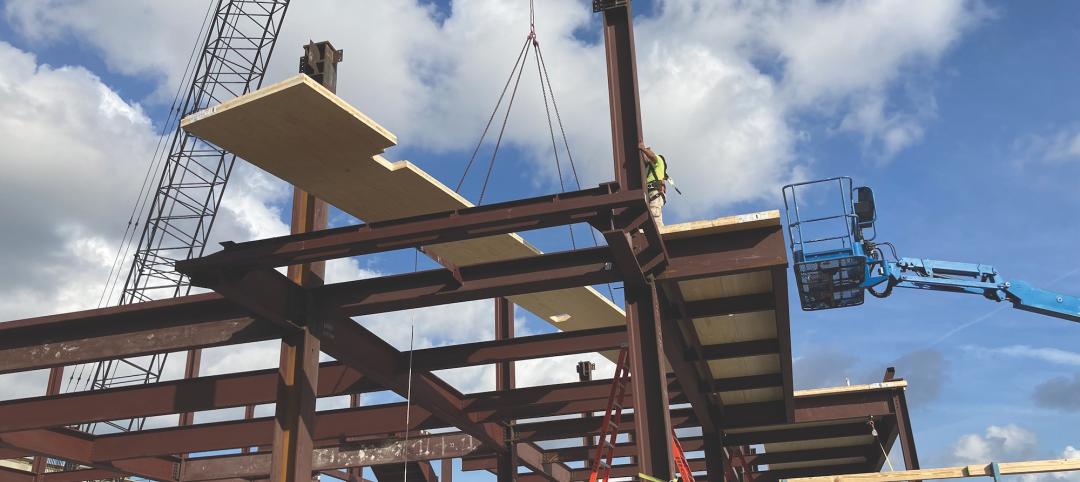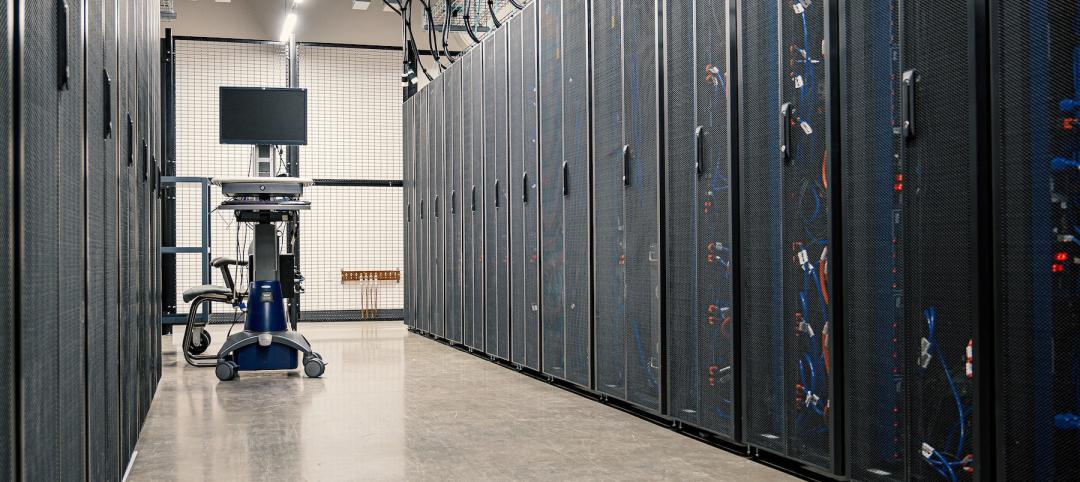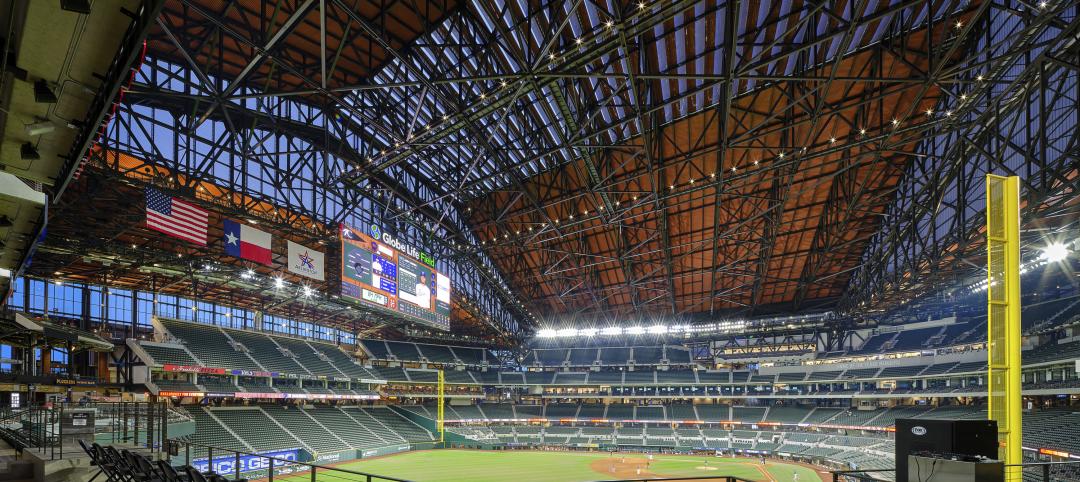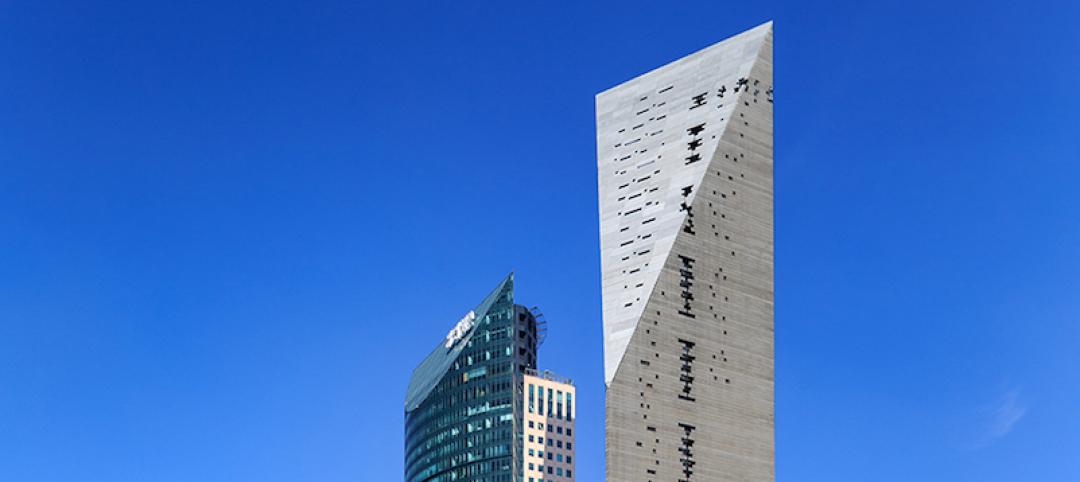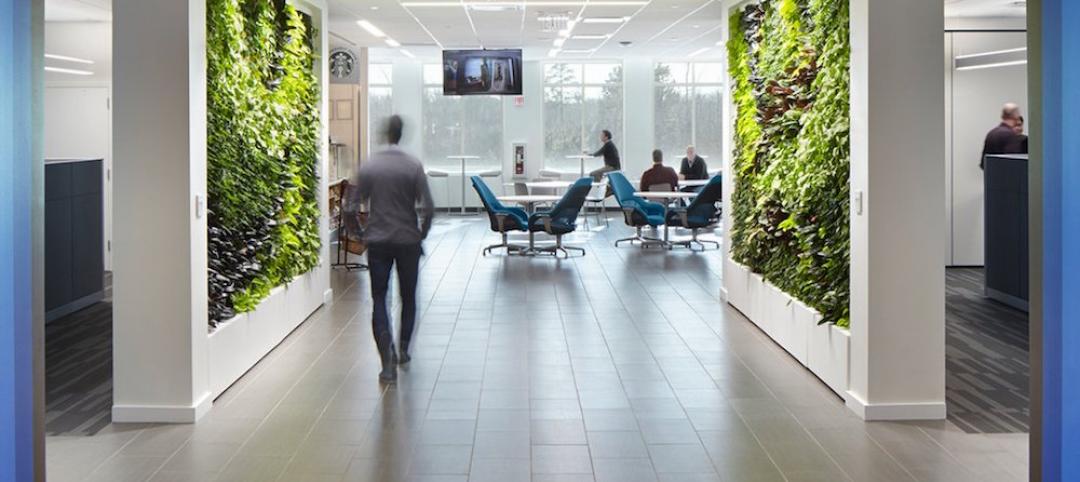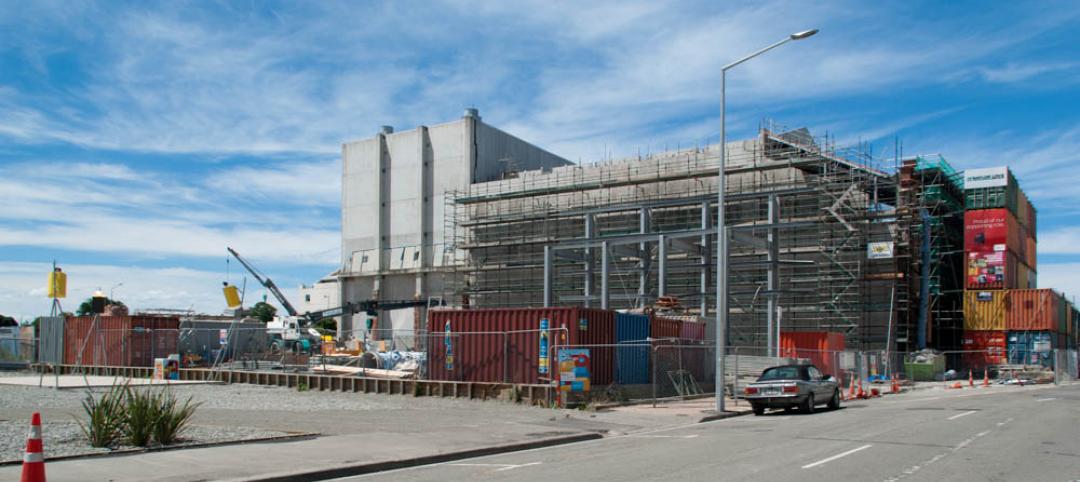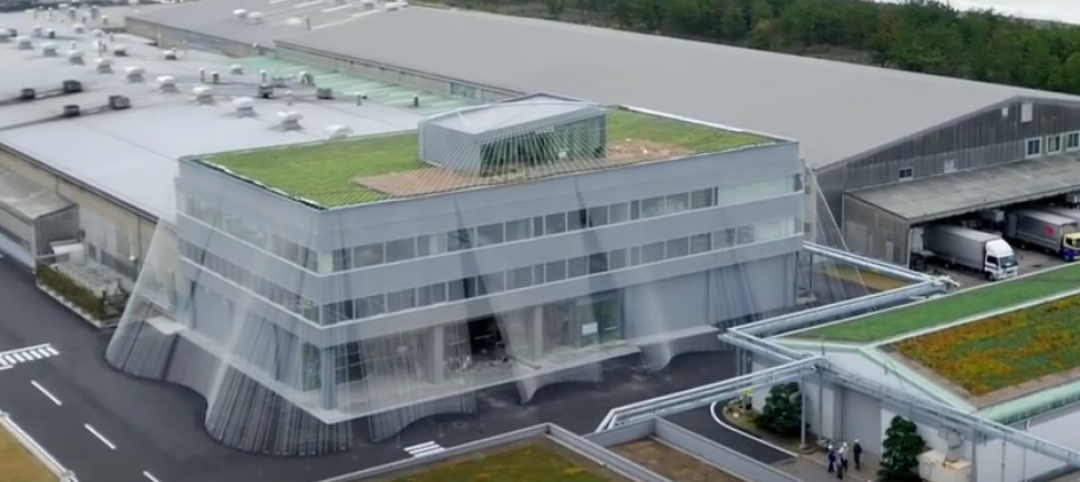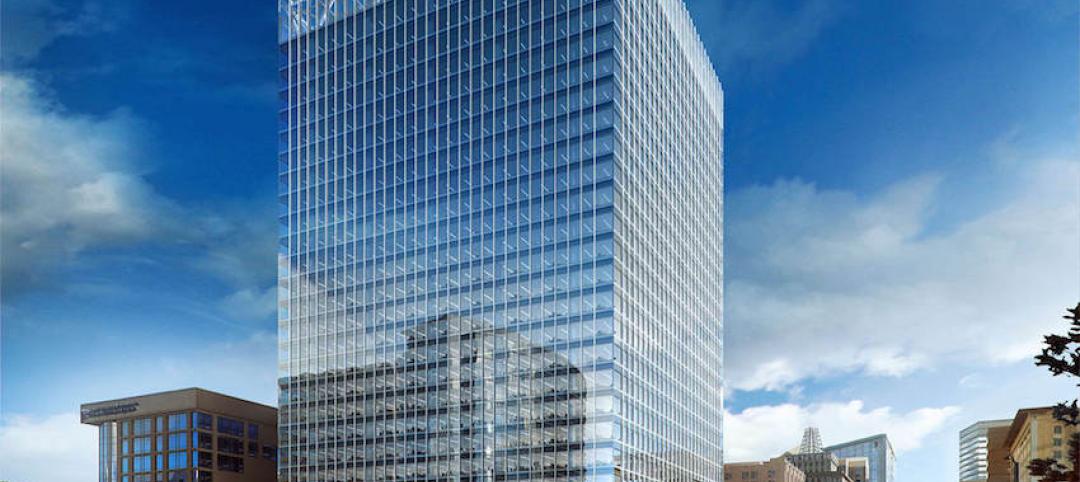A few years ago, a 5.6 magnitude earthquake believed to have been caused by injection of waste water from fracking operations into the subsurface struck Oklahoma.
The temblor damaged highways, toppled chimneys, and caused other damage. Last year, there were nearly 900 earthquakes above 3.0 on the Richter scale in the state, and others have been recorded in regions were fracking is underway.
As a result, assessment of seismic risk has changed to include these human-caused earthquakes. Building codes in the area have not been adjusted to take into consideration the increased risk of damage, though.
Developers should consider constructing new buildings with appropriate seismic standards in affected regions, and consider this risk when evaluating their insurance policies.
Related Stories
Sponsored | Steel Buildings | Nov 7, 2022
Steel structures offer faster path to climate benefits
Faster delivery of buildings isn’t always associated with sustainability benefits or long-term value, but things are changing. An instructive case is in the development of steel structures that not only allow speedier erection times, but also can reduce embodied carbon and create durable, highly resilient building approaches.
Data Centers | Oct 31, 2022
Data center construction facing record-breaking inflation, delays
Data center construction projects face record-breaking inflation amid delays to materials deliveries and competition for skilled labor, according to research from global professional services company Turner & Townsend.
Sponsored | BD+C University Course | Oct 15, 2021
7 game-changing trends in structural engineering
Here are seven key areas where innovation in structural engineering is driving evolution.
Seismic Design | Mar 31, 2021
Vancouver’s building codes may underplay seismic hazard
Vancouver, Canada’s third largest metropolitan area, has the country’s highest seismic risk.
Sponsored | Building Team | Jun 20, 2017
Plan ahead when building in the west
Getting a project through plan review can be an unusually long process, anywhere from six months to two years.
Concrete | Jul 20, 2016
Arup ensures Mexico City concrete skyscraper can withstand seismic activity
Double-V hangers and irregularly spaced gaps allow the structure to bend.
Seismic Design | Jul 5, 2016
How design mitigates environmental stressors
For employees, certain design strategies can lessen stress, improve health, and promote a greater sense of community connectivity, writes Perkins+Will project manager Jon Penndorf.
Seismic Design | Jun 28, 2016
ASTM International updates seismic risk standards
Expected to improve consistency of risk evaluation on commercial real estate transactions.
Seismic Design | Apr 20, 2016
Carbon fiber strings make Japanese office building earthquake resistant
Kengo Kuma developed the rods, which are stronger and lighter than iron.
High-rise Construction | Mar 28, 2016
SOM’s Salt Lake City skyscraper uses innovative structural system to suspend itself over a neighboring building
The hat truss-supported office tower was topped off in January, rising 25 stories above the Salt Lake City streets.



